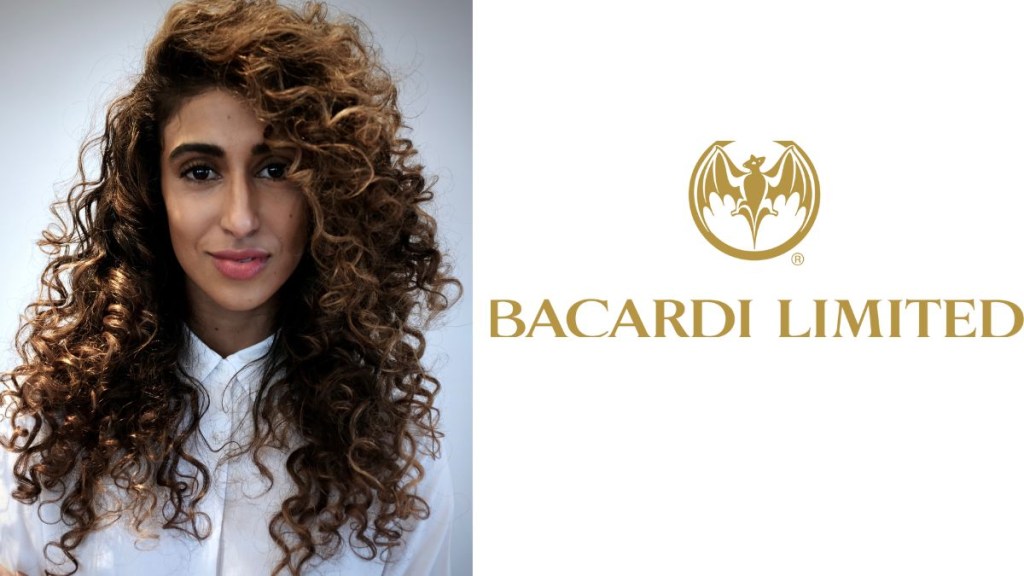Premiumisation is the name of the game and Bacardi Limited seems to be on its way to ace the game. From launching Dewar’s and building up its offering to the roll-out of Legacy its very first IMFL brand, Bacardi is now focused to create ranges which are preferred by Indian consumers. In a conversation with BrandWagon Online, Zeenah Vilcassim, marketing director, Bacardi India talks about its premiumisation plans and how it is also open to the idea of acquisitions. (Edited Excerpts)
What is the kind of growth you’re eyeing in the Indian market? What will be the driver of the growth?
Earlier we were eyeing a 5x growth but now that has changed to 6x by 2030 from where it was in 2018. Post-COVID, we saw amazing growth and part of that growth was driven by premiumisation. First and foremost, we have historically been a Bacardi RTD breezer company. So, we wanted to shift the weight to a more premium portfolio. Hence, Bombay Sapphire, Grey Goose, and our range of whiskey led the game. The second part of premiumisation was led by whiskeys because India is an 86% whiskey market. So, unless one becomes a strong player in the whiskey market, we weren’t going to see the kind of growth we have had the ambition for. So, we focused on Dewar’s – our single malt. We also launched Legacy our first India-made-foreign-liquor (IMFL) premium Indian whiskey. This gave us a very rich, beautiful portfolio of our whiskey offering. So, we are looking at expanding our current footprint, and building more sustainable brands working with communities around them.
How has the marketing strategy changed with time?
From a marketing standpoint, we looked at investing in India-specific insights, because we used to historically take global insights and apply global platforms to India. But as we know, India is a vastly nuanced country with completely different food, culture, and languages across the board, we couldn’t continue with the same strategy. So we did a deep dive on all of our brands, we relooked at our connections, planning and created new touchpoints based on our understanding of the media mix used by our consumers. Next, we looked at marketing innovation which can help further propel our brands, because most of our brands that operate in the brown space are challenger brands. Hence, if we really, really wanted to focus and grow exponentially ahead of the category, we were gonna have to do things slightly differently from what we were doing before.
In addition to Legacy do you plan to launch more brands in the same space?
We have Dewar’s and the full range. We will be focussing on growing Dewar’s portfolio. So historically, we played with Dewar’s white label, then focused on the premium range. We brought a super premium range – 21-year-old, 27 and 32-year-old whiskeys. We also rolled out Japanese Smooth. We also have William Lawson’s in the market. But I think we’re very firmly focused on Dewar’s portfolio. And with Legacy in play, we will look at interesting innovations, whether that’s in the single malt space or Indian single malt with the launch of different variants of Legacy in the future.
Gin interestingly as a category has grown by leaps and bounds. With established brands in the space, what are your plans for the future?
Our market share in Bombay Sapphire is roughly between 40-45%, depending on what state you’re in, we’re still the market leader by value. But we’re looking at becoming more relevant to audiences. The crafting revolution has happened all around the world. It’s a very easy spirit to make, but it’s also easy to create a story around it. With Bombay Sapphire, we’re looking at bringing new innovations. In other categories like Rum, we have introduced Santa Teresa, which is actually a global innovation. We’re also looking at bringing more premium liquor. Additionally, we are looking at potential acquisitions and creations of local engagement.

